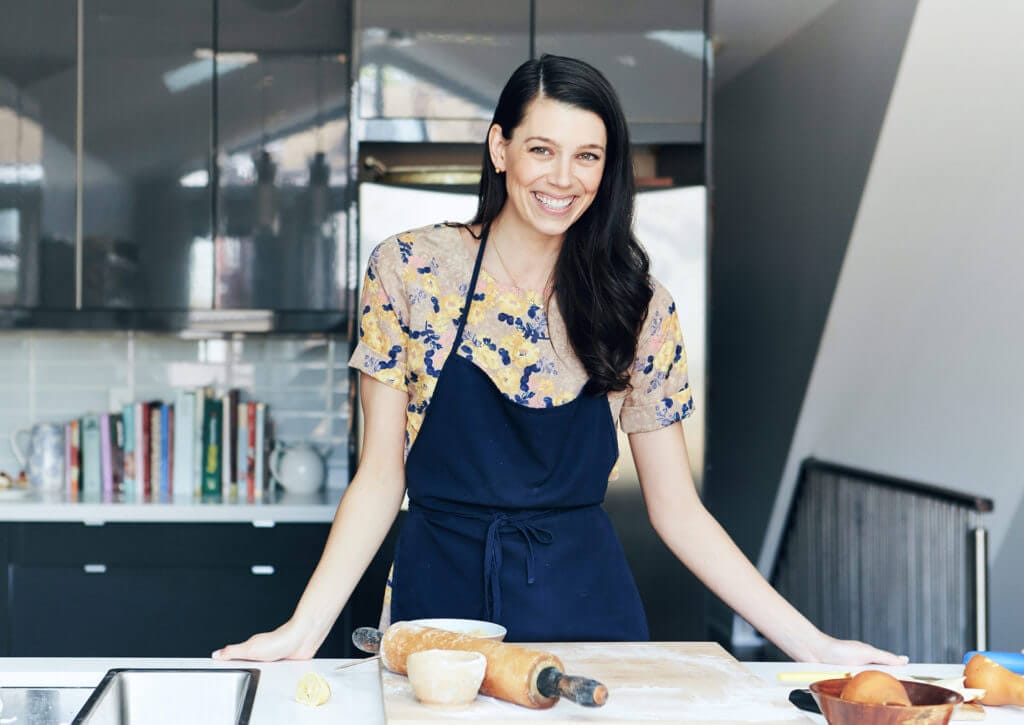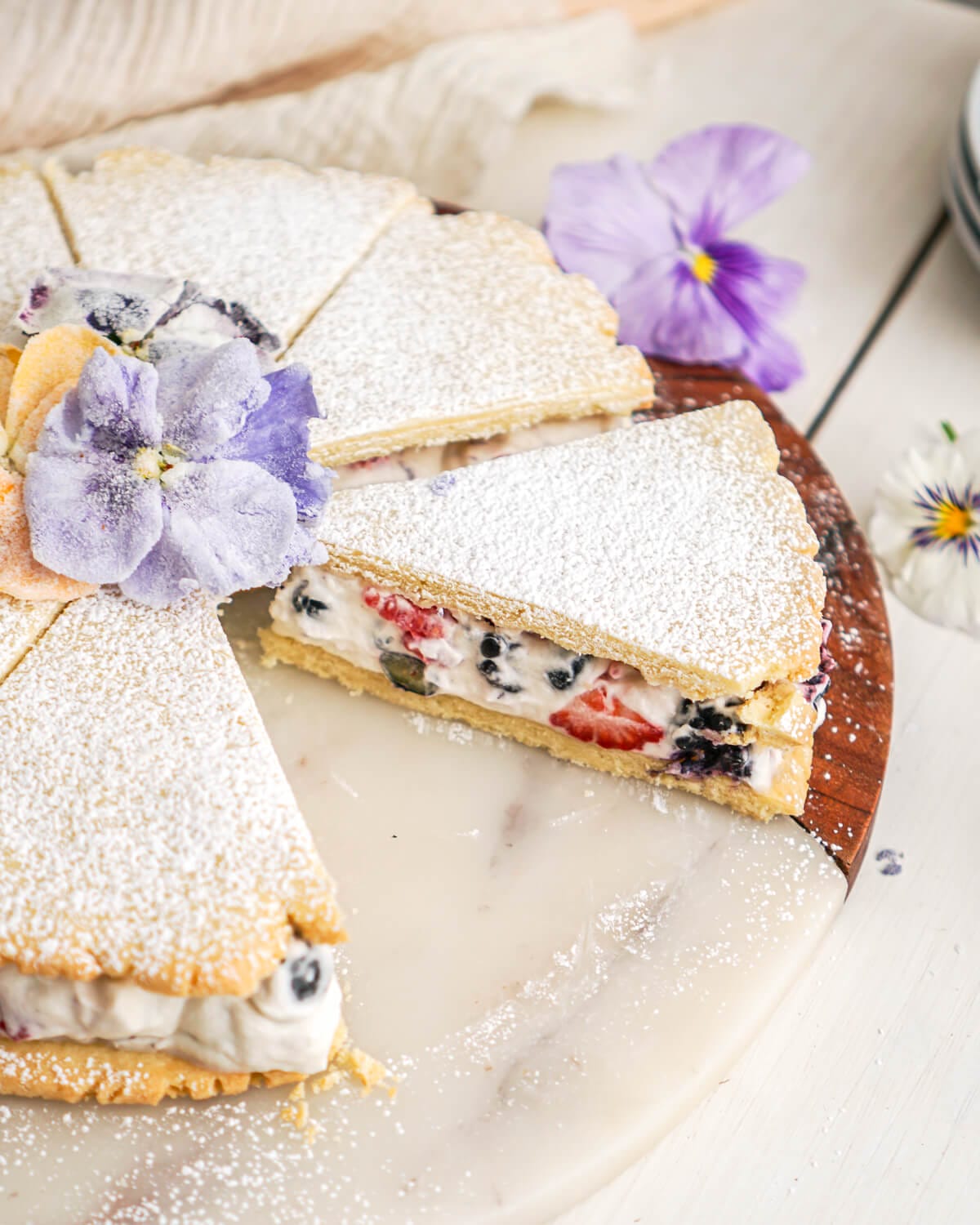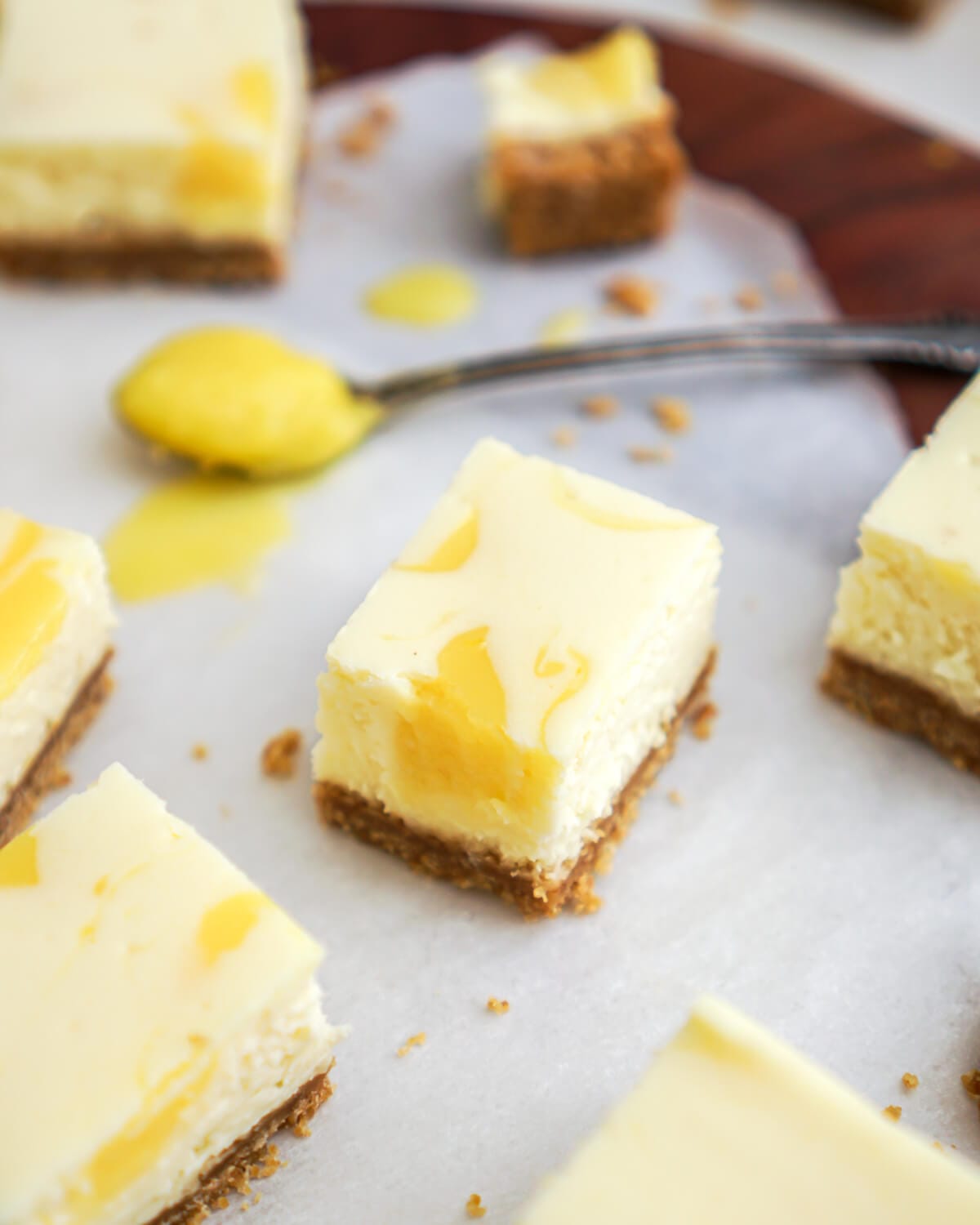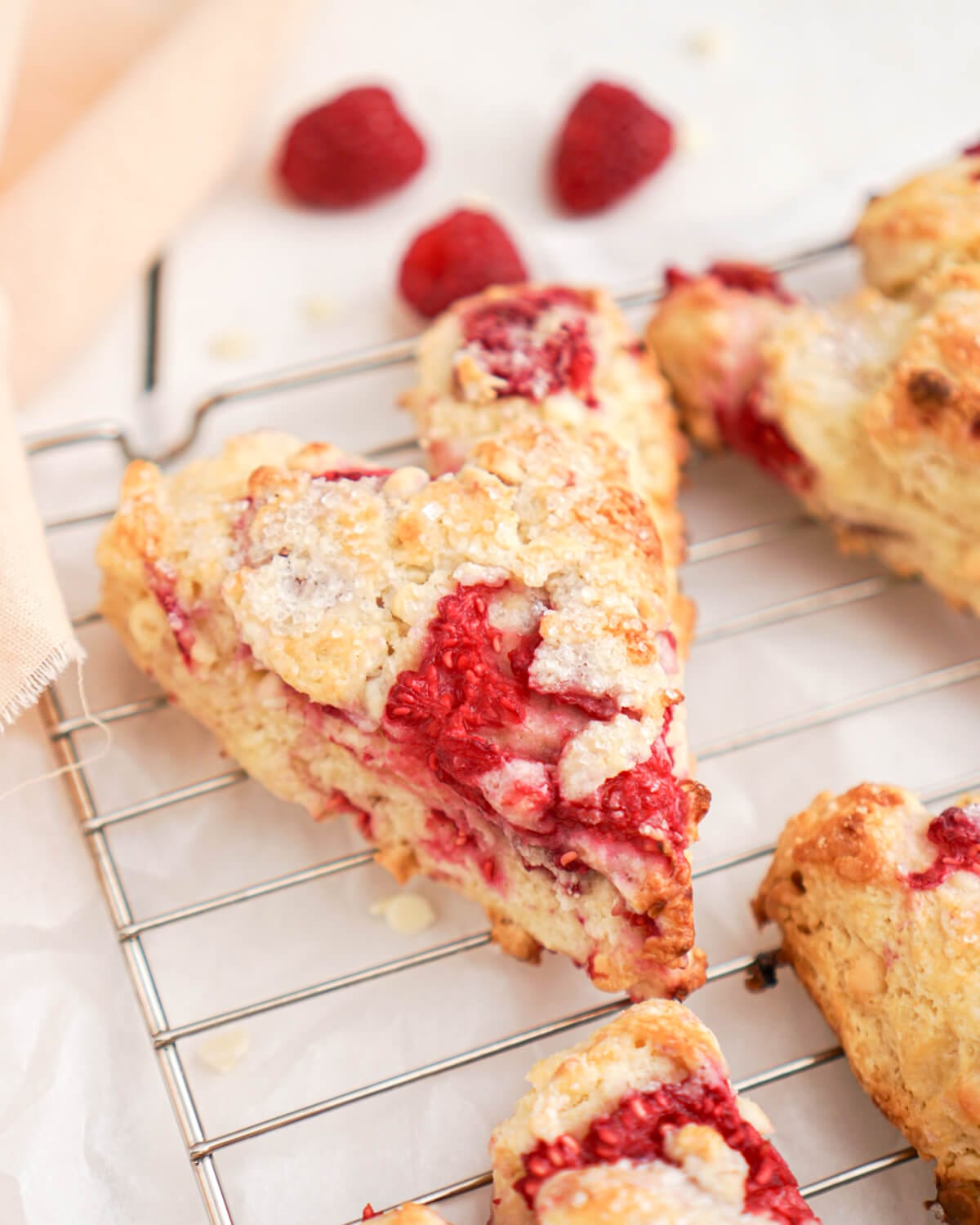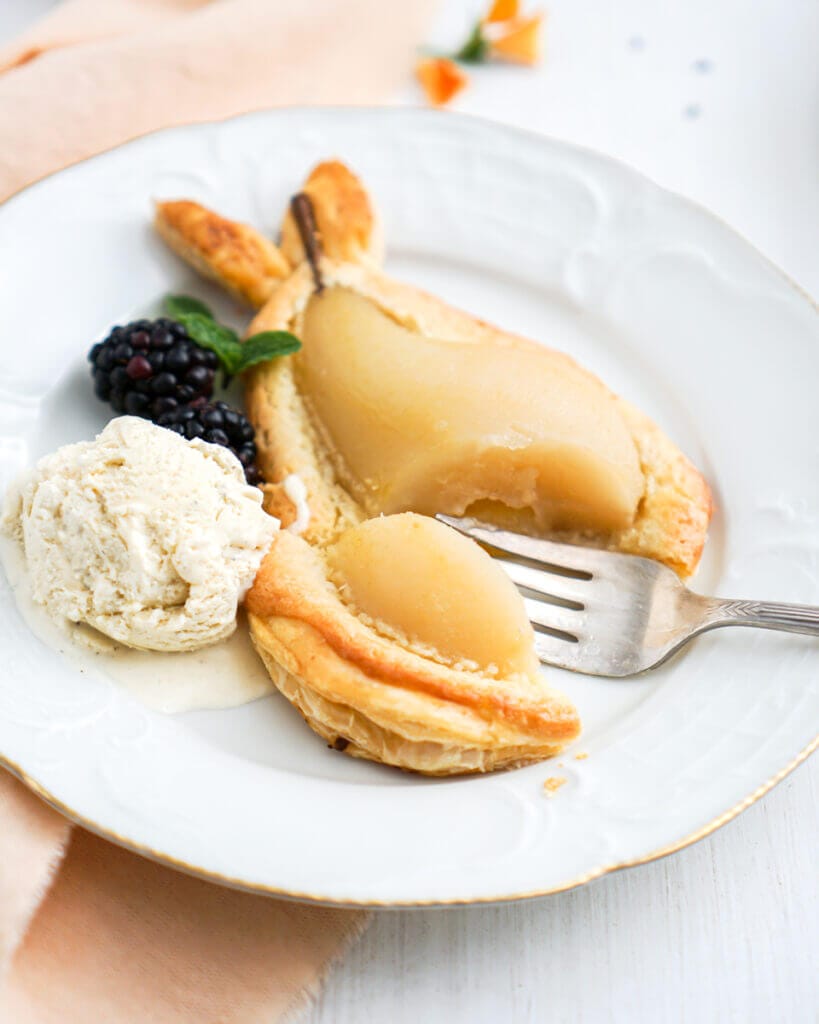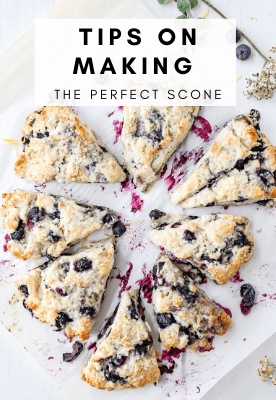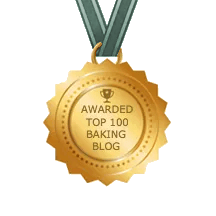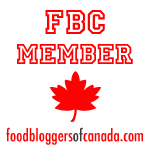Understanding baking techniques is crucial for success in the kitchen. Each technique serves a specific purpose and contributes to the overall quality of the finished product. These techniques are there for a purpose! By understanding and mastering them you can achieve consistent and exceptional results, elevating your baking to professional quality. Here are the top techniques you should know and understand:
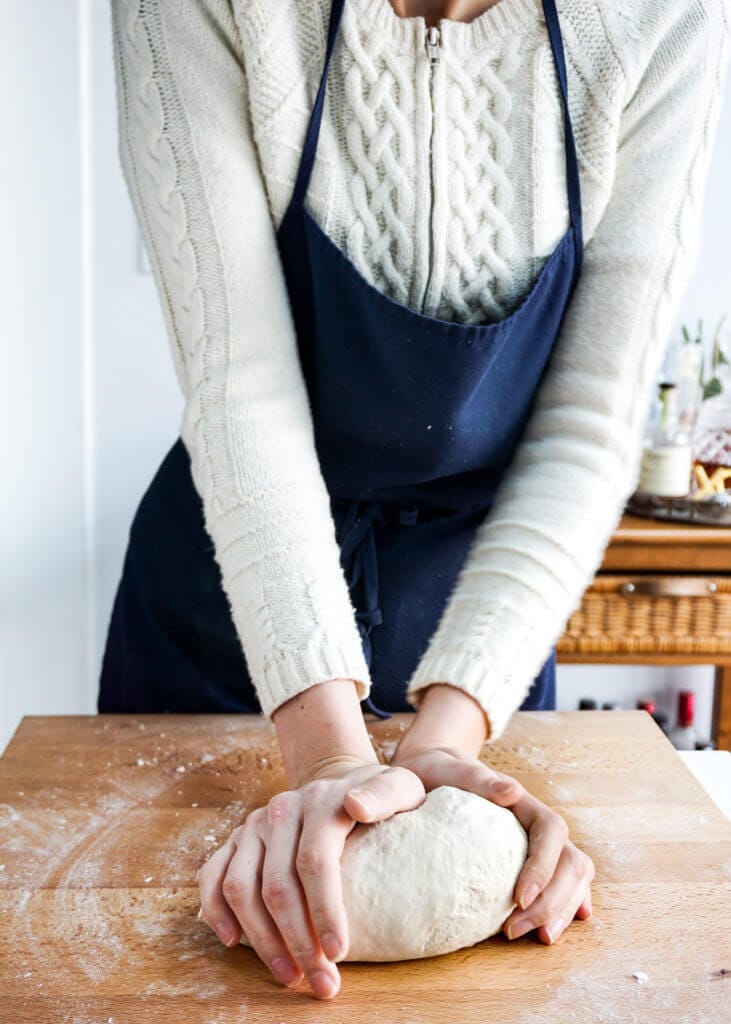
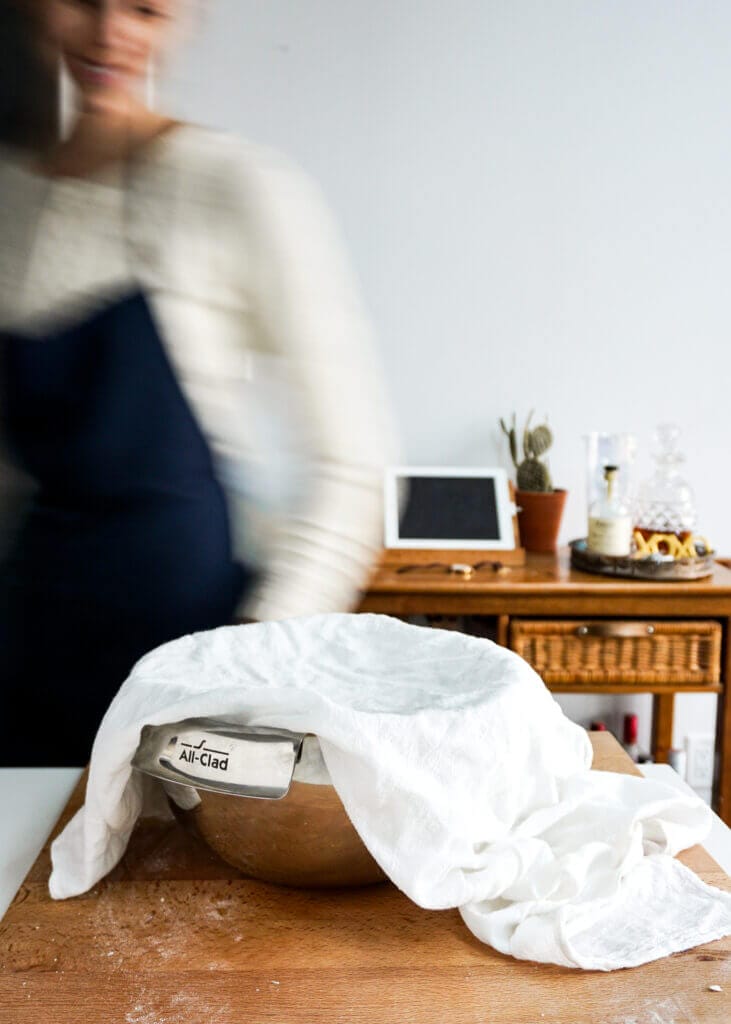
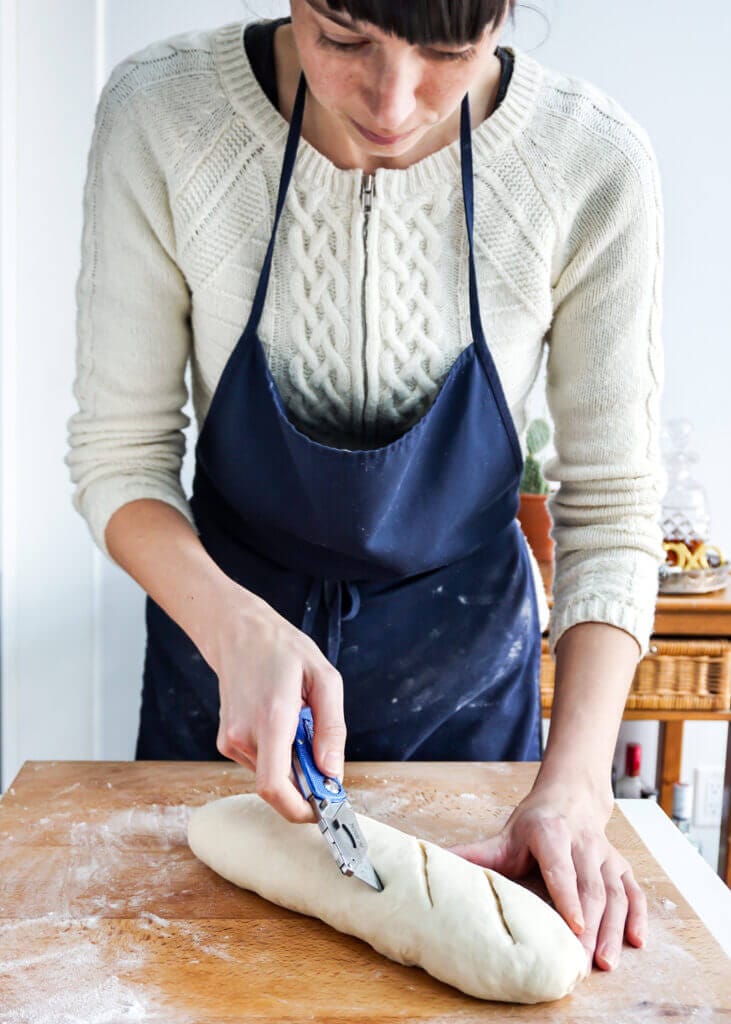
- Blind Baking: Refers to pre-baking a pie or tart crust before adding the filling. This technique prevents the crust from becoming soggy when filled with wet ingredients and ensures it’s fully cooked and crisp.
- Creaming: Involves beating butter and sugar together until light and fluffy. This incorporates air into the mixture, resulting in a tender and moist texture in baked goods like cakes and cookies.
- Folding: It’s a mixing technique used to gently incorporate delicate ingredients like whipped egg whites or whipped cream into a heavier mixture without deflating them. It ensures even distribution while maintaining the desired lightness and airiness in the final product.
- This is used to make Lemon Cream filling
- Kneading: This is the process of working dough with your hands to develop gluten strands. It creates structure and elasticity, crucial for bread and other yeast-risen baked goods. Proper kneading results in a chewy texture and good crumb structure.
- My Homemade Pizza Dough recipe uses kneading
- Leavening: Leavening agents like yeast, baking powder, and baking soda are essential for causing baked goods to rise. Understanding how to activate and control leavening agents ensures proper texture and volume in bread, cakes, and pastries.
- A great example of this is Irish Soda Bread
- Proofing: This is the process of allowing dough to rise before baking. It allows yeast to ferment and produce carbon dioxide gas, which creates air bubbles in the dough, resulting in a light and airy texture in the finished product.
- You need to proof my Dinner Roll recipe to create light fluffy rolls
- Resting: Resting dough or batter allows the glutens to relax and flavours to meld. It’s important in cookie and pastry dough to prevent toughness and improve flavour development.
- Scoring: Involves making shallow cuts or slashes on the surface of bread dough before baking. It allows steam to escape during baking, preventing the crust from cracking unevenly and giving bread an attractive appearance.
- Scoring is used to make Walnut Honey Bread
- Stiff Peaks: This is a stage when whipping egg whites or cream where the mixture holds its shape when the whisk or beater is lifted, forming stiff, pointed peaks.
- I use this technique in my Summer Pavlova recipe
- Soft Peaks: This is a stage when whipping egg whites or cream where the mixture holds its shape briefly before curling over at the tip when the whisk or beater is lifted.
- Tempering: Involves slowly adding hot liquid to eggs or other ingredients to gradually raise their temperature without causing them to curdle or scramble. It’s commonly used in custards and sauces to create a smooth and creamy texture.
- How to Make Lemon Curd is a great example
- Tempering Chocolate: This involves melting, cooling, and reheating chocolate to specific temperatures to stabilize cocoa butter crystals. This technique ensures smooth and glossy melted chocolate that sets properly; ideal for dipping, coating, and creating chocolate candies.
- I use this technique in making Chocolate Turtles
- Whipping: Involves beating ingredients like egg whites or heavy cream until they increase in volume. This technique adds lightness and stability to recipes, such as meringues, soufflés, and whipped cream toppings.
- My Almond Cherry Cupcakes use a whipped cream topping
So far, we’ve completed three essential steps: organization and prep, equipment and tools, and understanding baking terms and techniques. With each step, we’re refining our skills and deepening our understanding of baking like a professional. Next, the focus shifts to execution and precision in measurements.

